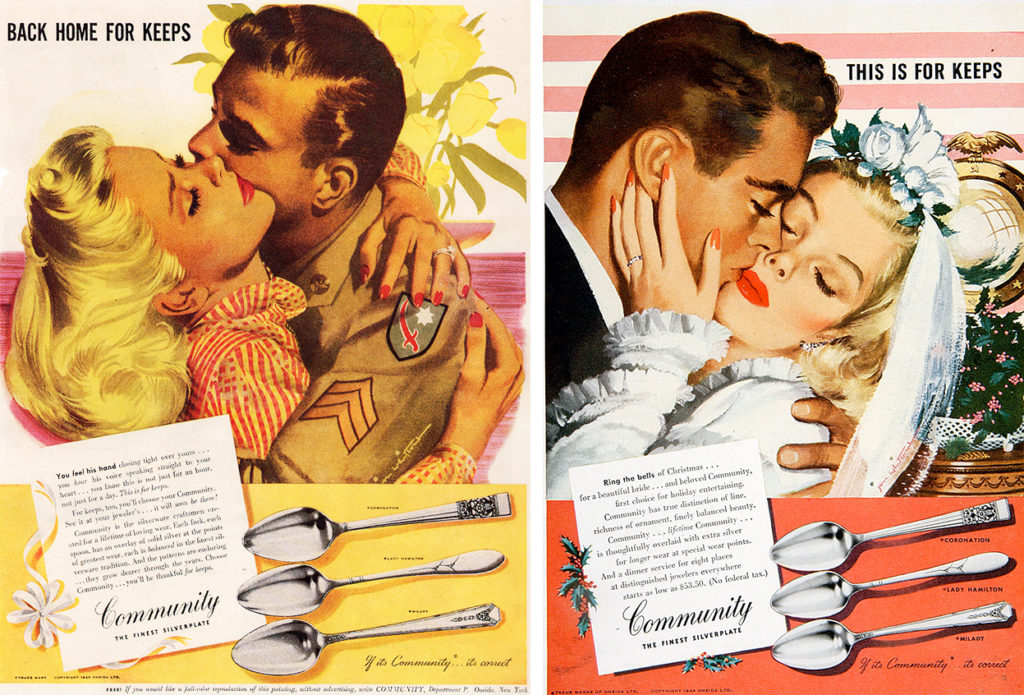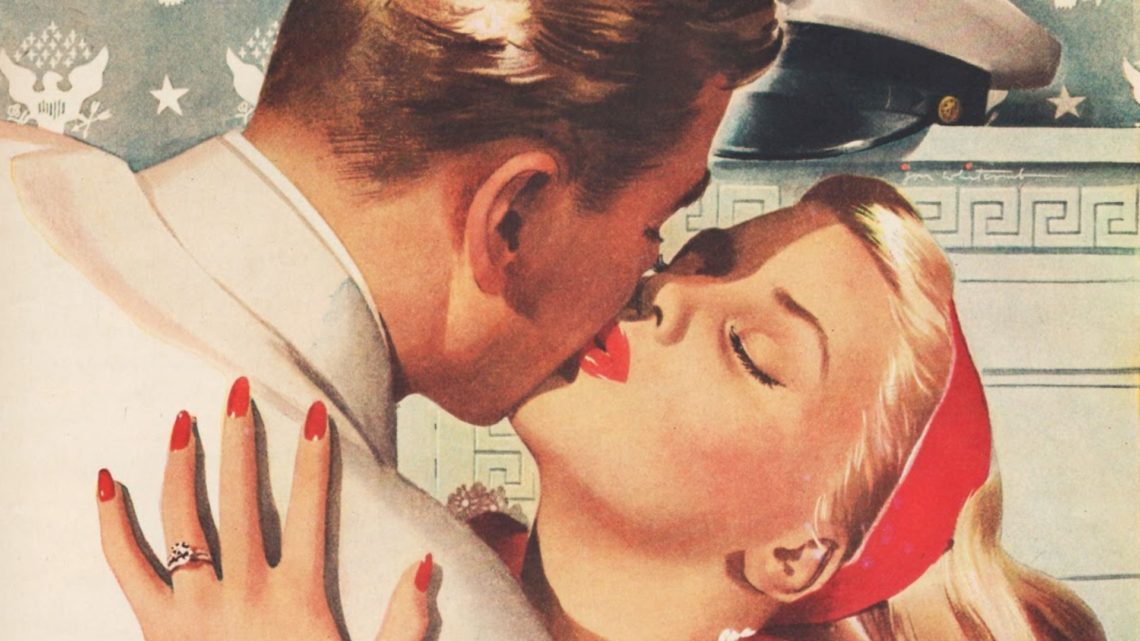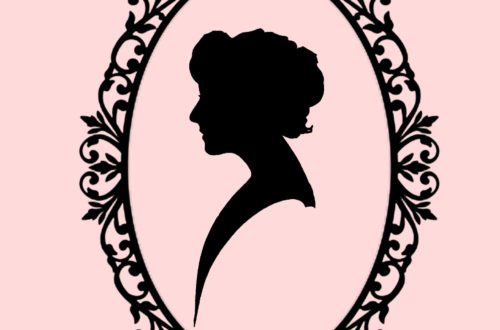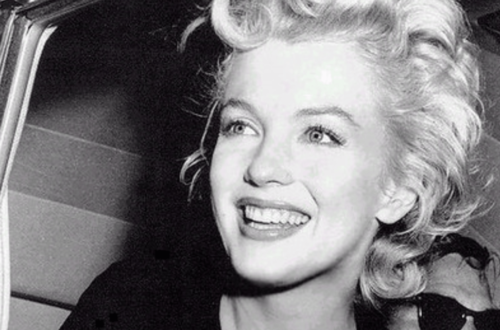Today I would like to write about Advertising To The American Woman Through The History. As you may know, my dissertation was based on Gender Roles Vintage Ads From The 1940s-1960s & ever since I did my research for uni, I have been captivated by good ol’ vintage marketing (Thank you, Matthew Weiner!)
In his book Advertising to the American Woman, 1900-1999, Daniel Delis Hill takes us to a trip to the past, explaining how marketing shaped the 20th-century society, culture, economy as well as politics.
As you know, advertising’s sole purpose is not only to sell products but to inspire a shift in culture, trends, and consumer behavior… to fuel the American Deam if you will. When taking a look at the ads of a specific era, we can see its values & attitudes being mirrored in the advertisements.
Jean Wade Rindlaub – the first major female advertising executive – conducted a survey of females, in order to find out what women want in advertising. She was so successful, that she was named Women Of The Year in 1951 & later got elected into Americans Advertising Federation Hall Of Fame in 1989.

World War 2.
One of Rindlaub’s accomplishments was to target American Women with ads that portray traditional American values. The results of the surveys showed that most of the women wanted to be happy and in love. This was not surprising, as her target audience consisted of future brides. In her campaign, Back Home For Keeps, she addressed the hopes & fears of losing their fiance in the war. This ultimately helped her to stand out from the male-dominated world.
The campaign was for Oneida’s Silverware and portrayed young couples that just got engaged. Often the ads would include infants, to address their dreams. Women back then did not mind being portrayed as mothers, wives, and homemakers. But this changed after the war…
After World War 2 was over, women wanted to start over and create a new life, a new image of themselves. The idea was that a new start requires new clothes, new makeup, and a new hairstyle, and therefore the big companies really wanted women to feel that their red lipstick is not just makeup, but that it is a statement.
What are your thoughts on the portrayal of women in ads throughout history?





